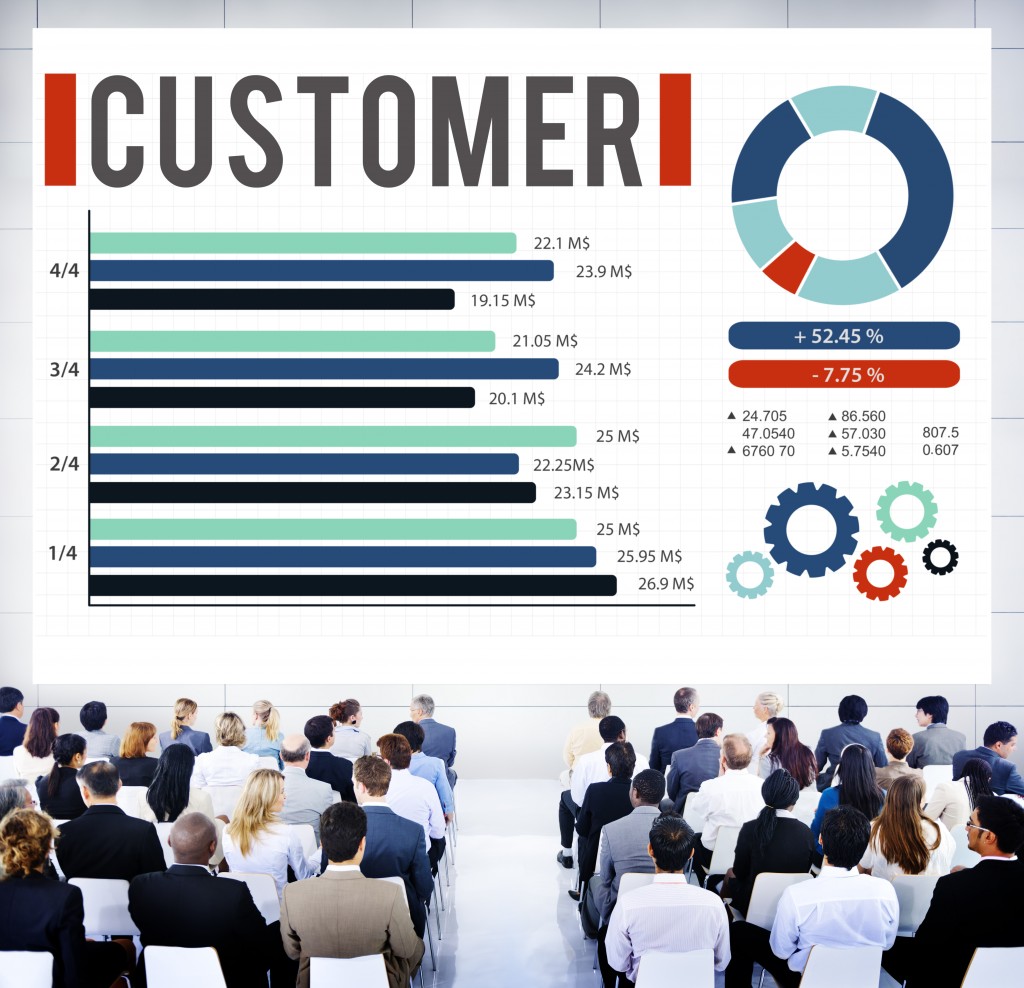The challenge of marketing products and services is one of the toughest parts of running a business. It can take a lot of time, money, and effort to make contact, and the chances of the contact turning into a sale are always uncertain, most especially if there’s no reach history available for comparison and assessment.
Your business’s efforts when it comes to reaching its target audience should be heavily prioritized, given how it’s not easy and cost-efficient to just throw out marketing campaigns without targets to hit.
What is a target audience?
Businesses segment audiences based on their niche. They define their audiences based on gender, age, location, interests, and many more. The data they gather can come from examining their current customers, looking at their competition’s target audiences, analyzing their products and services, crafting buyer personas, picking demographics and characteristics to target, and evaluating everything they’ve gathered to segment their audience.
The segmentation then defines audiences for businesses to tailor their marketing campaigns such as social media posts, emails, and many more. Having a defined audience who you want to see your marketing content will help you create content based on what you know they want to see and what you know will add value to their lives.
Why is it important to reach your target audience?
Reaching your target audience helps you narrow down your focus. Having an audience to focus on will help you develop effective marketing strategies that have higher chances of working based on data gathered.
It’s not possible for your business to reach everyone with its marketing campaigns, and it’s also not the most cost-effective way to put money into marketing, especially when you’re still in the early days of running your business.
The smaller scale, concrete, and direct marketing campaigns will be easier on your business cost-wise, and your business has higher chances of sparking interest when it’s only targeting a specific audience.
For example, you’re a business focused on selling plumbing fixtures such as showerheads, bidet sprayers, and others. You’d want to focus on reaching out to people who are at the age of homeownership, and not younger audiences who are more than likely still in school and wouldn’t look at your marketing campaigns twice, which won’t help you in terms of return on investment (ROI). ROIs are something you’d want after putting money into marketing efforts.
How can you reach your defined audience?
After narrowing down your audience and setting targets, you’d want to know how to reach out to them in the most effective way. Here are ways you can do that:
1. Produce relevant and useful content.
As a business, you’d want to be seen by your customers as an entity that can add value to their lives. It can be through intangible and tangible ways, depending on what you’re selling to them.
Creating and putting out content that is useful and relevant to them will help your business reach out to these target consumers easier than publishing content that is set to target general audiences.
Content marketing is one of the most popular ways of generating leads and conversions. You can implement it through blog posts, articles, videos, and social media content. The best implementation depends on where you know your audiences are, which isn’t exactly easy to point out. If you can, use every channel at your disposal.
2. Work with influencers.
Influencer marketing is an increasingly popular marketing strategy for professionals in the digital marketing sphere. Influencers have a lot of power when it comes to driving their followers into being curious about the products.
Fortunately, there are influencers for every niche out there. Influencers aren’t entirely all about taking extravagant photos in grand places; they also curate their images based on their chosen niche.
Your business can be about plumbing fixtures, and you still won’t have a difficult time finding influencers to work with you in reaching your marketing goals. It just takes the right snooping—which you won’t need much of, given how easy it is to look people up—especially the popular ones—online.

3. Reach out through hashtags.
Hashtags may sound very 2007, but they still have the power to drive consumers’ decisions today. They’re useful when it comes to letting both businesses and consumers put out and see content based on specific subjects, which narrows down what they release and see.
This works in the favor of marketers since they can leverage specific hashtags to work for the products and services they’re offering to target consumers who look for content under specific hashtags.

